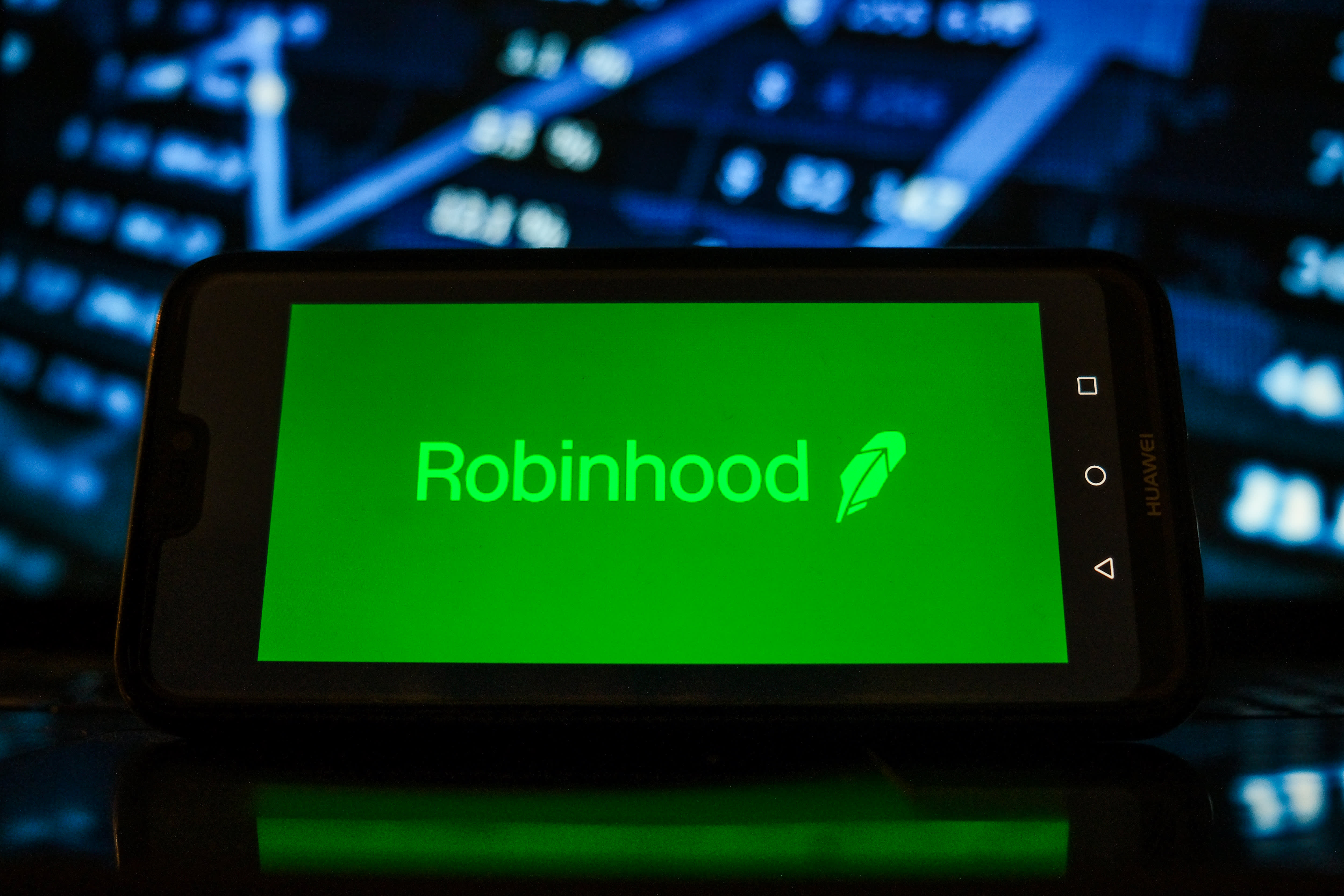In typical Robinhood fashion, the stock trading app hosted an unconventional virtual roadshow on Saturday. Rather than holding the event behind doors among investment bankers and hedge funds, as is typical, the event was democratized as Robinhood management fielded questions from everyday investors.
Robinhood is seeking a market valuation of as much as $35 billion in its upcoming initial public offering, which is expected as soon as this week. The company — which plans to trade under ticker HOOD on the Nasdaq — is offering 55 million shares, which it will try to sell at a range of $38 to $42 apiece.
During the live roadshow, Robinhood co-founders — CEO Vlad Tenev, chief creative officer Baiju Bhatt and chief financial officer Jason Warnick — pitched the company’s long-term value and juggled questions from a pool of 2,000 about retail investing, payment for order flow, revenue diversification and more. Tenev even took a question about his favorite planet, which is Venus.
Despite warning of a potential slowdown in the retail trading boom, Robinhood — which expects to have 22.5 million accounts as of the second quarter — is bullish on the future of individual investing.
“We think retail investing is a trend that’s here to stay. If you look at the data, the growth in retail actually started years before we launched. Our contribution has really been to accelerate the process,” Warnick said.
Robinhood was founded in 2013 by Tenev and Bhatt and offers equity, cryptocurrency and options trading, as well as cash management accounts. Executives said more than 80% of Robinhood’s clients come by word of mouth of the firm’s referral program. The firm said it expects assets under custody to balloon to more than $100 billion as of the second quarter.
Executives fielded several questions about Robinhood’s source of revenues, which is about 75% from the money brokerage firms receive for directing clients’ trades to market makers, or payment for order flow. Warnick said Robinhood receives an average of 2.5 cents for every $100 traded. Tenev also added that clients traded an average of 7 times per day in 2020.
“We think payment for order flow is a better deal for our customers, vs. the old commission structure. It allows investors to invest smaller amounts without having to worry about the cost of commissions,” Warnick said.
However, Warnick said Robinhood wants to be fully engaged in the regulatory and political discussion about PFOF. He said that if the PFOF model changed, Robinhood and the industry would be able to adapt.
In the meantime, the millennial-favored stock trading app is making efforts to diversify its revenue streams by adopting a securities lending business, adding a debit card, enhancing Robinhood Gold and expanding internationally.
Robinhood is also looking — because of customer demand — at adding IRA and Roth IRA accounts.
“We want to make first-time investors into long-term investors,” Tenev said. He added that more than 50% of Robinhood clients are first-time investors.
The stock trading app is also reserving 20% to 35% of its IPO shares for its own clients, which Tenev said he expects will be one of the largest retail allocations ever.
Robinhood has no plans to pay a dividend when it hits the public markets, which management believes is common for fast-growing companies.
